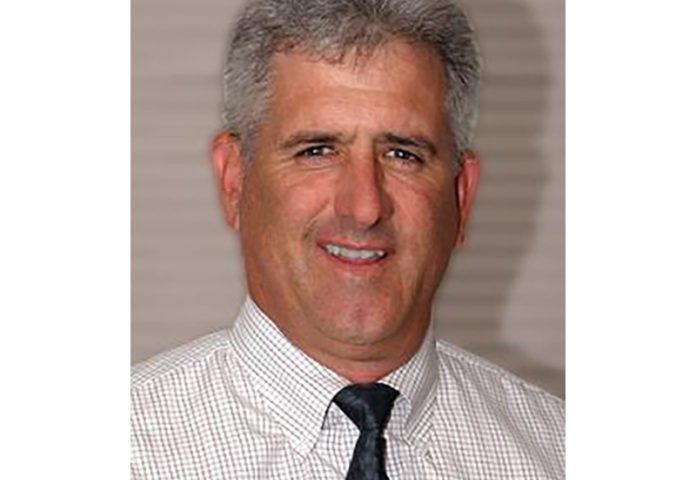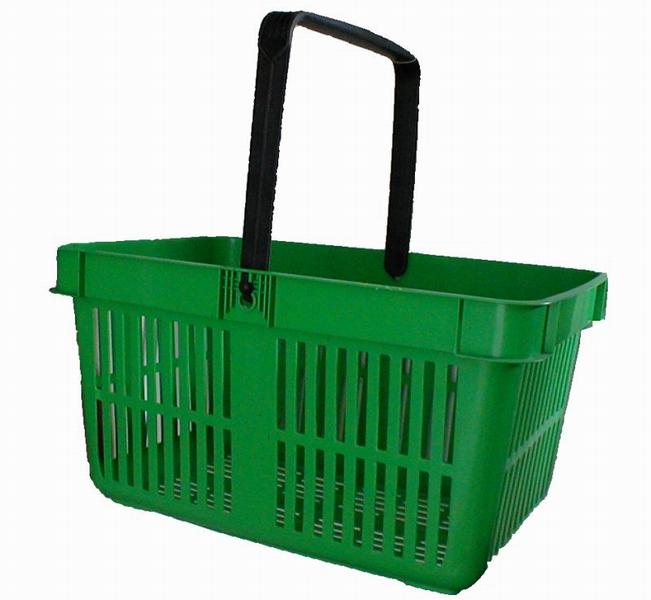- Owner at Pacific West General Store, Inc. Pacific Palisades, CA
- 310-459-7645
Analyzing Your Stores’ Life Cycles

Best Practices to Boost Your Average Basket Size
June 18, 2018Analyzing Your Stores’ Life Cycles
Article Published by: cstoredecisions.com
My 13-year-old son came to me the other day asking for some help with a school science project related to evolution and the life cycles of things.
Totally stumped and after making a feeble attempt to be helpful, I served up the only life cycle example that I know—the life cycles of convenience stores. Unfortunately, he wasn’t impressed, saying if he wrote about that, he’d fail the class. He headed to the kitchen to ask his mother.
Later, I thought this would be a good topic for an industry article.
Given the dynamic nature of the retail petroleum industry, store operators must take a pragmatic site-by-site view of their retail chain and be proactive in site rationalization. Because profitability is the primary driver for store viability, viewing a retail chain from an evolutionary life cycle perspective can provide valuable insight and direction.
The difference between c-store evolution and biological evolution is that biological evolution generally assumes things improve with age. The opposite is true for c-stores, where constant competitive advances fuel obsolescence and eventual economic irrelevance.
The following are c-store life cycles, and key items to consider.
1. Modern & Profitable:
This is where a store and property meet current standards in size and offerings, yielding solid economic performance. Overall site value is high due to modern configuration and profitability.
Considerations and Recommended Actions: Protect your position, stay alert for areas of potential competitive intrusion and disruption. This may involve purchase, deed restriction and resale of potential developmental sites.
2. Profitable:
Ten or more years ago this was the first stage of a facility, yet this second stage still yields solid economic performance. Overall site value has fallen due to age and size constraints. The site could drop to the third stage.
Considerations and Recommended Actions: Site is vulnerable to future competitive intrusion and impairment. Be proactive. If the property size is sufficient, consider razing and rebuilding to a modern standard. If the property size isn’t sufficient, assess other potential sites.
3. Marginally Profitable:
In this stage, a store has average to low inside sales and fuel volume.
Considerations and Recommended Actions: The continued direct operation of third stage sites is not optimal and divestiture and redeployment of the proceeds is advisable. An alternate-use evaluation of the underlying real estate should be made to determine if higher proceeds from a sale outside the industry is feasible.
The outright sale of third-stage sites may be more preferable than a site retention/lease arrangement. If an alternate-use sale isn’t an option, it’s better to dump the property while the value is higher, versus risking dealer failure and having to take it back sometime in the future.
4. Marginally Branded:
A marginally branded or unbranded site currently leased to a dealer marks the fourth stage.
Considerations and Recommended Actions: Pragmatically assessing the long-term viability of the dealer class of trade will enable proactive decisions to be made on a site by site basis. With a strategic business plan in place, redeployment of recaptured equity from the sale of leased sites will help fuel the development of new first-stage facilities and better insure overall business viability and value.
5. Shuttered & Death:
Littering the highways and byways of America are thousands of shuttered and vacant fifth-stage convenience stores, whose owners were overwhelmed by the intrusion of first-stage competitors that rendered their former fourth-stage sites unsustainable.
IN SUMMARY
Being both pragmatic and strategic with convenience store retail network management, coupled with decisive site divestiture or business life cycle adjustments is the best method to preserve business value and prevent fifth-stage life cycle problems.
Mark Radosevich is a strong industry advocate and recognized petroleum veteran, serving both oil companies and marketers over his long career. He is president of PetroActive Real Estate Services, LLC. He can be reached by email at mark@petroactive.net and directly by phone at 423-442-1327, his full professional bio can be found at www.petroactive.net.
Robert Munakash is a native to Los Angeles. He grew up in the gas station and real estate business, following in his father’s footsteps. Munakash is a graduate from University of Southern California and earned a Bachelor of Arts degree in International Relations in 1990. He purchased his first gas station in 1995 and has had the entrepreneurial spirit ever since. He is the proud owner of Pacific West General 76 in Pacific Palisades.

Owner at Pacific West General Store, Inc. Pacific Palisades, CA.
Address: 17299 Pacific Coast Hwy. Pacific Palisades, CA 90272
tel: 310-459-7645
email: rmunakash@aol.com
Excellent management skills and experience. Strong practical and theoretical foundation in sales through marketing, advertising, and customer service. Proven success in implementing productivity-enhancement systems.


